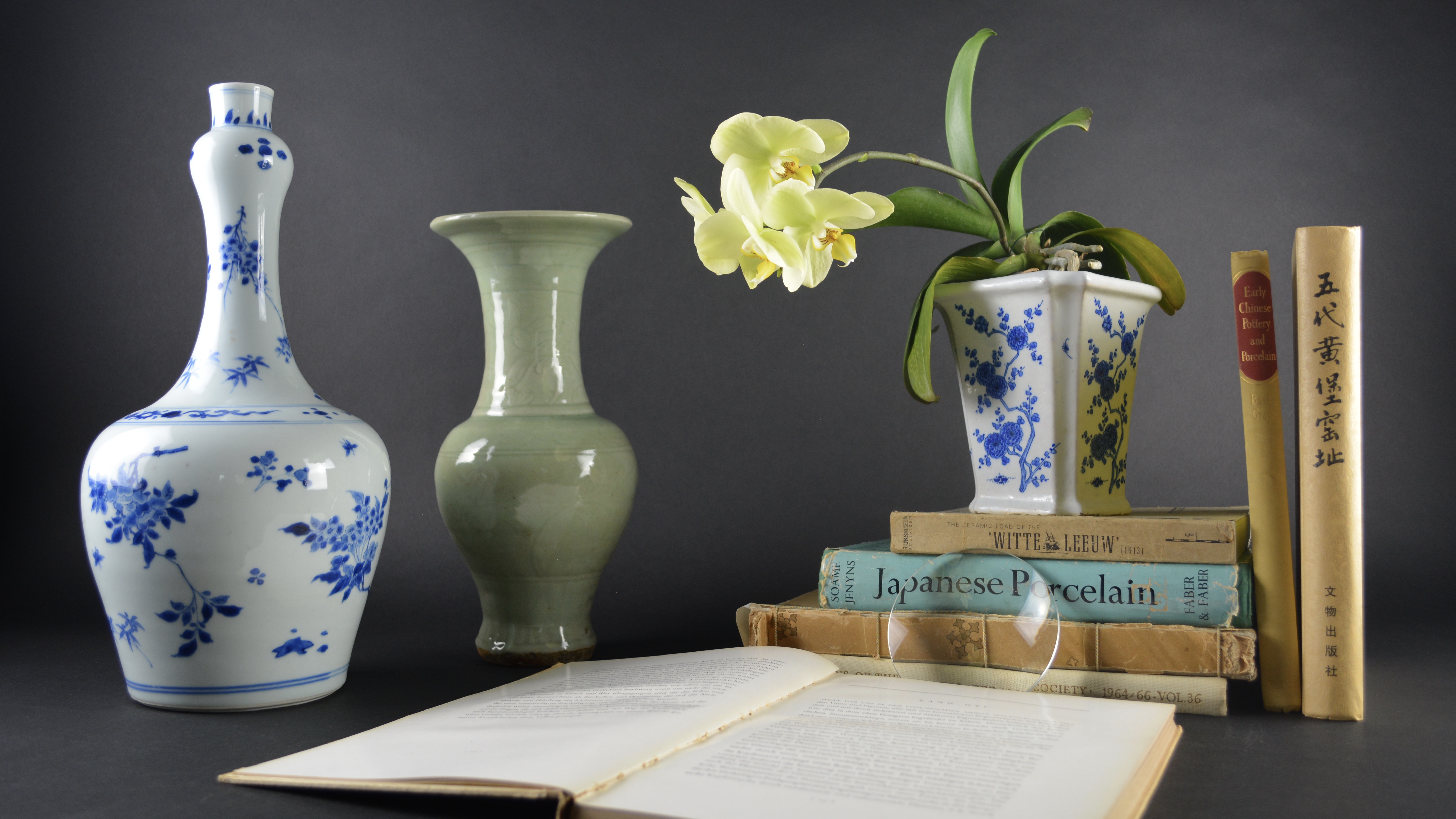What Asian Pottery Represents Social Status Ceramic Wealth

Learn vocabulary terms and more with flashcards games and other study tools.
What asian pottery represents social status ceramic wealth. Many of the most important kiln workshops were owned by or reserved for the emperor and large quantities of chinese export porcelain were exported as diplomatic gifts or for trade from an early date initially to east asia and the islamic world and then from around the 16th century to europe. These forms and motifs have come to reflect a particular culture and arguably limited the possibility of individual artistic innovation. Pottery pottery east asian and southeast asian pottery. As with the dragon on porcelain each floral motif and color combination on the hanbok or traditional korean dress can signify social status or special occasion.
Chinese people believe that by having these objects wearing these symbols in their homes their wishes will come true. And a picture of an official pointing to the sun. Expanding the market for japanese pottery the savvy rulers of satsuma by this time the shimazu clan were quick to capitalize on the gigantic expansion of the market for japanese porcelain. Chinese pottery chinese pottery the qing dynasty 1644 1911 12.
A ming dynasty blue and white porcelain dish with a dragon. The pottery industry suffered severely in the chaotic middle decades of the 17th century of which the typical products were transitional wares chiefly blue and white. An artifact with peony motif means may you be prosperous. However many of.
Closely interlinked with social status as evidenced by the presence of fine pottery jade carving and other precious objects in the burial mounds of prosperous individuals this ceramic form of chinese art was further enhanced by the early development of bronze and chinese lacquering techniques. Though early neolithic pottery was left unpainted many works particularly pieces created by the yanshao people who lived along the yellow river from 5000 bce to 3000 bce were decorated by pressing. Word of satsuma masterworks spread to the west and japanese ceramics and porcelain became sought after luxuries throughout america and europe. It is difficult to give much practical assistance on the question of chinese marks.
Most of the chinese marks give the name of the dynasty and that of the emperor. The imperial kilns at jingdezhen were destroyed and were not fully reestablished until 1682 when the kangxi emperor appointed cang yingxuan as director. Pottery owners concerned with how their vessels matched their decor treated ceramics from a decidedly privileged position after all there was wealth to be flaunted. For example the image of peony or the king of flowers viewed by the chinese symbolizes for wealth and honor.
Most later chinese ceramics even of the finest quality were made on an industrial scale thus few names of individual potters were recorded.

.jpg)









.jpg)


































